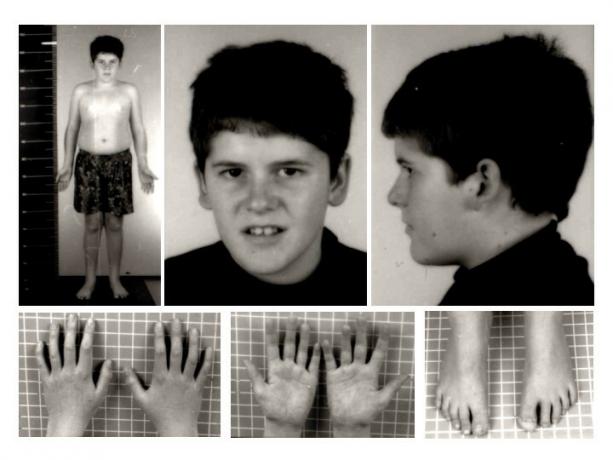The South Region is a positive highlight in practically all economic segments, in the industrial sector it is no different. Currently, it occupies the second place in the national percentage in this sector of the economy, the commercial volume corresponds to 21% of the national total, thus it is surpassed only by the Southeast Region.
Different types of industries are located in the region, however, the most predominant activities are the textile and food production, these use as raw material the agricultural production developed in the region.
The industries are located in strategic locations, close to the sources of raw materials, in the areas of livestock production there are production parks in the segment of slaughterhouses, tanneries, dairy products, and in agricultural production areas, factories for vegetable oils, wheat production, juice production and wineries. This junction between agricultural and industrial production is called agroindustry.
The industries of the Southern Region are regularly distributed throughout the territory, they are found in small and medium urban centers, however, naturally the areas that concentrate the largest portion of industries are in the metropolitan regions of Porto Alegre and Curitiba and northeast of Santa Catarina, where Joinvile, Blumenau, Brusque, in addition to the industrial parks in the cities of Londrina, Maringá, Ponta Grossa, Paraná, in Rio Grande do Sul the main cities are Caxias do Sul, Santa Maria and Pellets.
One of the important factors for industrial development in the Southern Region is the energy potential, due to the hydroelectric plants installed in the region, the plateau relief facilitated their construction, thus the abundance of electricity facilitates the supply of the productive sector industrial.
New Perspectives for Southern Industry
Until the 70s, the economic activities developed in the South Region were linked to primary production, especially in agricultural and livestock products.
Henceforth, at this stage, the region entered an intense process of industrialization in different segments, soon becoming the second industrial hub in the country.
Later, in the late 1980s and early 1990s, there was no significant growth, so the industrial park in the northeast almost surpassed it. However, the growth of the industrial sector occurred recently, with the migration of investments in the sector, which provided the installation of national and foreign companies that produce automobiles, parts, computer supplies, household appliances and drinks.
The incentives for the installation of several companies in the Region are directly linked to the tax benefits offered by the states included in the context and the entire set of infrastructure that facilitates the circulation of goods, capital and people, in addition to proximity to MERCOSUR's commercial partners (Argentina, Uruguay and Paraguay).
With all these aspects, the south is in a privileged condition compared to the rest of the country, the region establishes a homogeneity of the industrial sector and this favors equal growth within the territory.
Eduardo de Freitas
Graduated in Geography
Source: Brazil School - https://brasilescola.uol.com.br/brasil/a-industria-na-regiao-sul.htm

